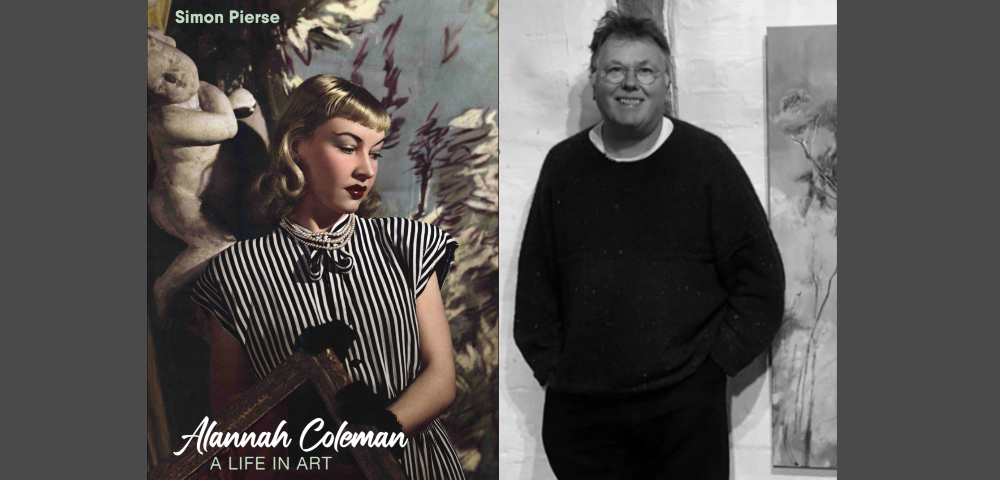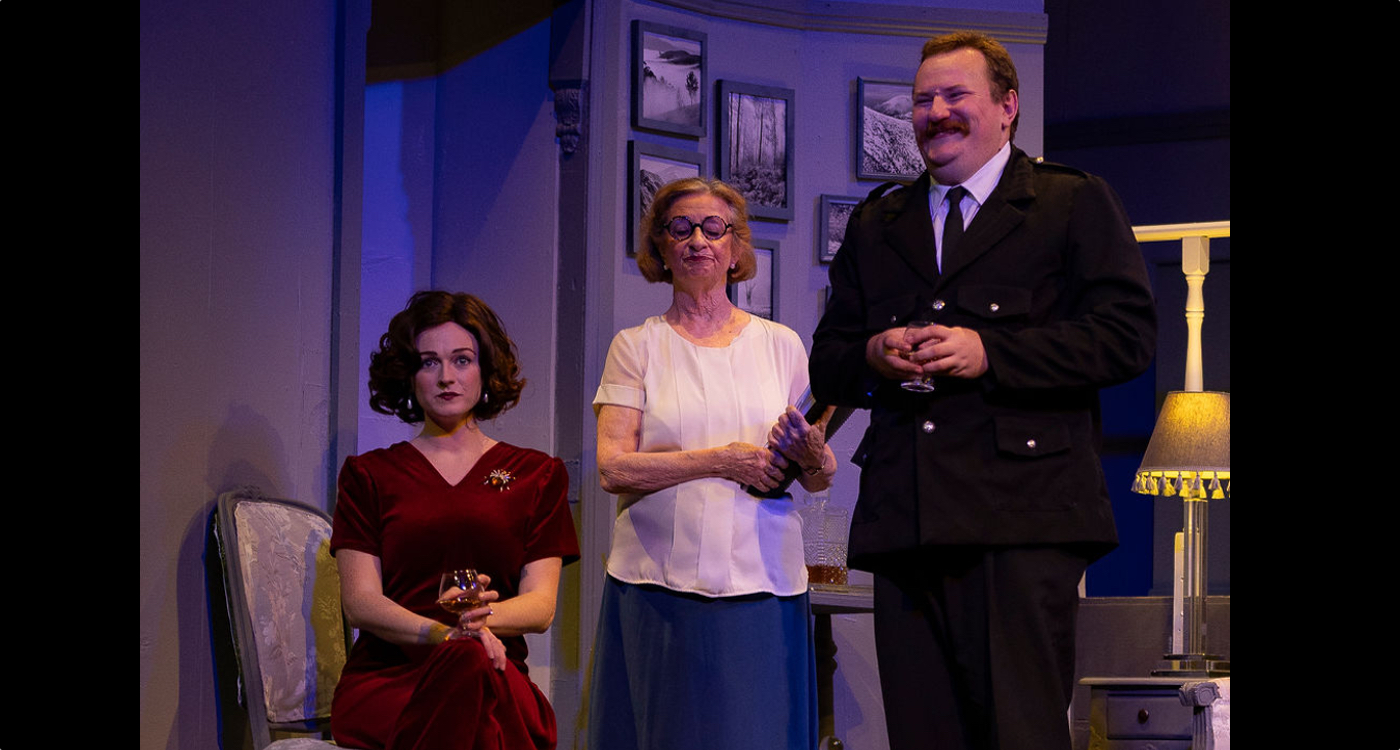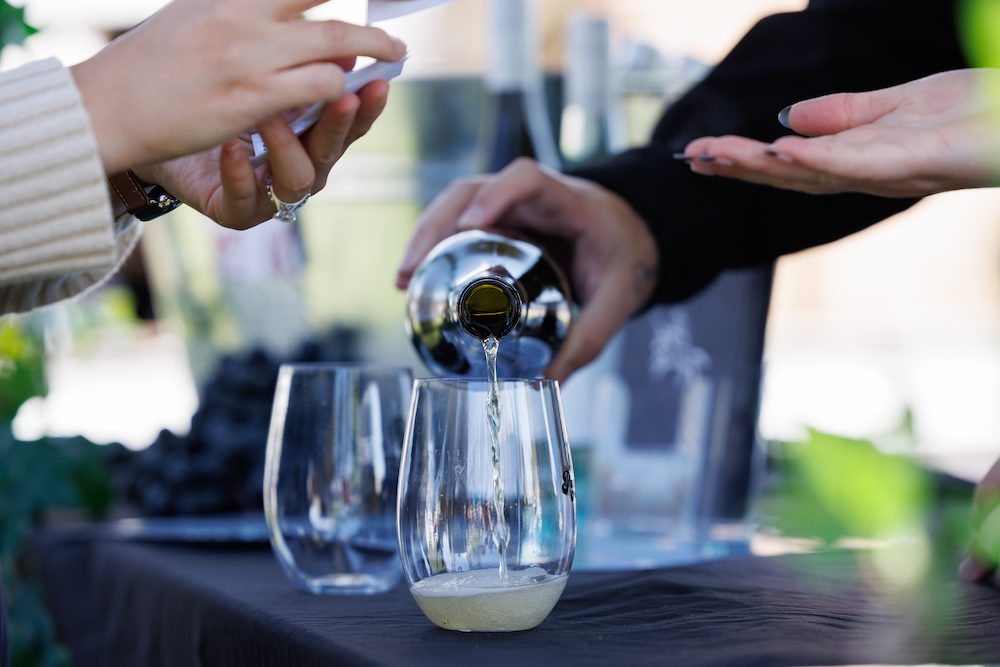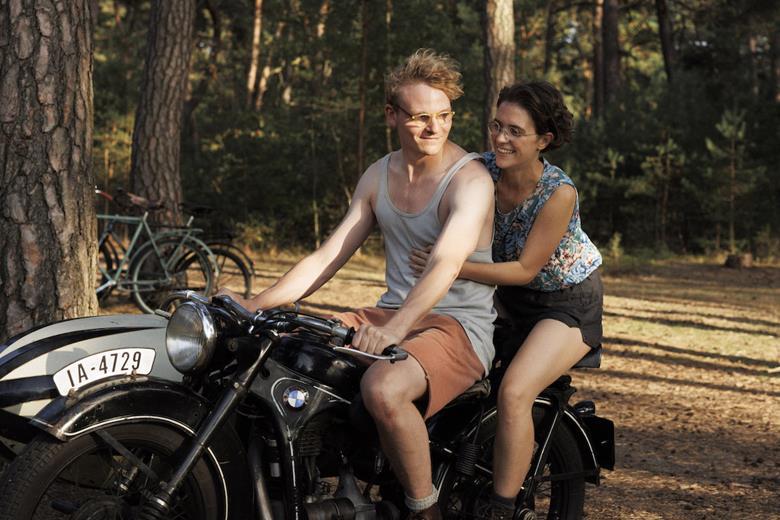
Alannah Coleman: A Life in Art by Simon Pierse

Review by Irina Dunn
On the twelfth day of Christmas, our reviewer sent to us a review of this exceptional work by
Simon Pierse.
Alannah Coleman (1918-1998) was a painter, designer, curator and art dealer whose life was
inextricably interwoven with those of Australian artists who went on to become major figures
in post-war Australian art.
She was born in 1918 and grew up in St Kilda, Melbourne. In 1933, at the age of fourteen,
Alannah enrolled in the National Gallery School, where she met Sidney Nolan, Elizabeth
Paterson, Charles Bush and Phyllis Waterhouse.
With fellow artists Arthur Boyd, Sidney Nolan and Albert Tucker, and art impresarios John
and Sunday Reed, she became a proponent of modernism in Melbourne during the war years,
and was a founding member of the Contemporary Art Society.
At the end of the war, she moved to Sydney and became part of an enclave of bohemian
artists living in studio accommodation in Dowling Street Woolloomooloo. Her life as a model
and muse for artists and fashion photographers ended abruptly when a jealous lover strangled
her cat and attempted to kill her, forcing her to flee Sydney and travel overseas to London.
In London, Alannah was briefly married to Denis Sharman, with whom she had two children,
before separating in 1957 to pursue her own career, dealing in contemporary Australian art
from her Putney gallery. There, she nurtured the talents of the young Brett Whiteley and sold
paintings to members of the Royal Family.
In 1963, she curated and staged her own exhibition of Australian painting and sculpture in
Europe Today, which Sir Kenneth Clark considered to be the best of its kind ever staged in
Britain. Her success was recognised in Australia when Kym Bonython invited her back to
Sydney to manage his gallery in 1969, but Alannah clashed with Kym and the appointment
lasted less than a year.
Alannah returned to England and took up her former life, dealing in Australian art, firstly in
Canterbury and then London. Throughout the 1980s and early 1990s, she became a well-
known figure on the art circuit, writing reviews and organizing exhibitions for Qantas Gallery
and N.S.W. House. She witnessed the period in which Aboriginal contemporary art was
introduced to Britain during Australia’s Bicentenary and went on to become a dominant force
in Australian painting. She died in London in 1998, leaving a substantial archive to the Tate
Gallery.
Alannah Coleman: A Life in Art by Simon Pierse
Arden 2022









